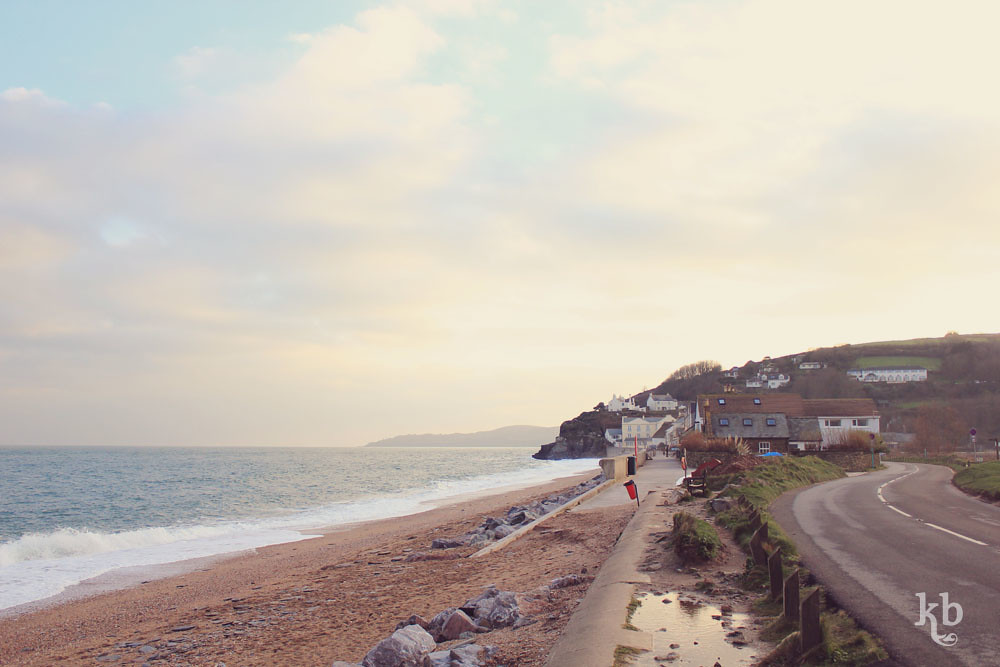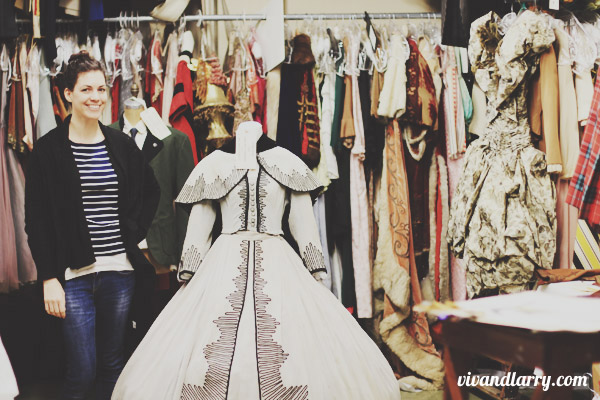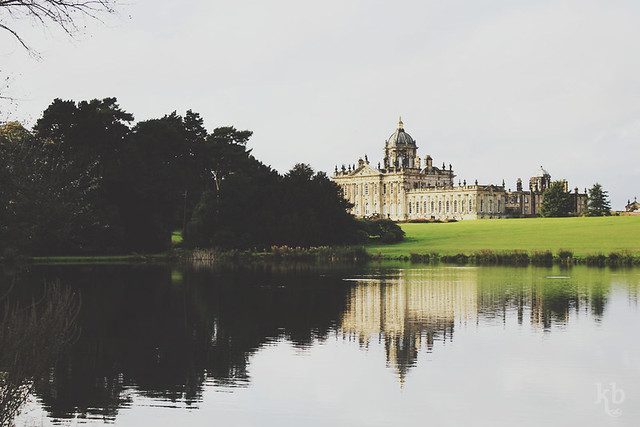The past couple of months have been very busy. With my Vivien Leigh book deadline looming, I’ve had little time to blog or, indeed, do much of anything outside of writing and worrying about my writing. So when the opportunity to get out of the city and drive down to the countryside presented itself, I took it!
Last Thursday, my boyfriend Robbie and I rented a car and drove down to Devon where I had been invited to interview Vivien Leigh’s sister-in-law Hester St John-Ives. Hester was married to Laurence Olivier’s brother Dickie and they lived in the cottage at Notley Abbey, where they helped to run the farm. I’d previously spoken to their daughter Louise, who had lots of good things to say about her uncle Larry and godmother Vivien.
After a 3 1/2 hour journey, we arrived in a small but beautiful old town half way between Dartmoor and the coast, and were greeted at the door by Hester and two adorable cocker spaniels. Hester is 80 and so full of life. She reminded me of Renee Asherson in some ways: humorous, gentle, and honest. Through conducting interviews for this book, I’ve run across two types of people: those who think they know all, and those who are up front about the context of their memories. Both Hester and Louise fell into the latter group, and it was really refreshing.
We spoke of the parties at Notley, Vivien’s capacity for love and friendship, what it was about her that kept people around despite the bad times, the loyalty she inspired in those around her, and how attentive she was to Louise as a child. Hester was in the unique position of being a family member, trusted by both Larry and Vivien. Based on the stack of letters she loaned me for research purposes, Olivier felt he could reveal his feelings about leaving Vivien to her. They are equally fascinating and heartbreaking to read. I won’t divulge too much, but there were also things that surprised me. For example, Dickie and Vivien didn’t get along very well. I asked why and Hester said she believes it came down to jealousy on both sides – a want for Larry’s attention. We all laughed when she recalled her mother once saying to her, “The way Dickie goes on about Vivien, you’d think she was Larry’s mistress and not his wife!” However, Hester says that Vivien was very kind to Dickie when he was ill.
Hester kept in touch with both Vivien and Larry for the rest of their lives. While writing his memoir Confessions of an Actor (which she didn’t care for because she found it factually inaccurate and lacking some pretty key elements), Larry stayed in a hotel on Dartmoor and Hester kept him company on occasion. She confirmed my long-held suspicions when she said, “he kept me awake all night coming into my bedroom and what he was talking about was Vivien. I think he never quite got over her.”
As an interviewee, Hester was wonderful. As a person, she was equally as lovely. Louise popped in for lunch and we all sat down to a delicious meal and good conversation. It’s so wonderful to meet people who have amazing stories and yet have remained so grounded. I could have sat and chatted for hours but the sun was shining and it was recommended Robbie and I take a drive along the coastal road for some scenic views on the way to our hotel in Paignton (completely dead seaside town in the winter, by the way).
On Friday, we stopped in Glastonbury on the way home and climbed Glastonbury Tor, which features in the Arthurian Legend. I’m a geek for history and mythology so it was a really exciting experience for me. And we got some good photos! All in all, a really successful trip, and even though Robbie was ill, he powered through it like a trooper. Robbie, if you read this, you really are amazing! Thank you for indulging me in my nerdiness!
All photos © Kendra Bean, 2013





